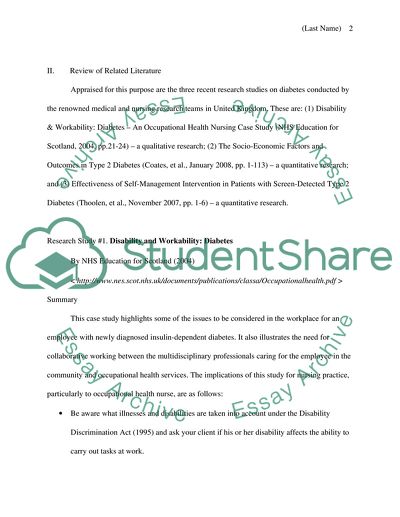Cite this document
(“Disability and Workability with Diabetes Coursework”, n.d.)
Disability and Workability with Diabetes Coursework. Retrieved from https://studentshare.org/nursing/1715371-understanding-research-applied-to-nursing-assignment
Disability and Workability with Diabetes Coursework. Retrieved from https://studentshare.org/nursing/1715371-understanding-research-applied-to-nursing-assignment
(Disability and Workability With Diabetes Coursework)
Disability and Workability With Diabetes Coursework. https://studentshare.org/nursing/1715371-understanding-research-applied-to-nursing-assignment.
Disability and Workability With Diabetes Coursework. https://studentshare.org/nursing/1715371-understanding-research-applied-to-nursing-assignment.
“Disability and Workability With Diabetes Coursework”, n.d. https://studentshare.org/nursing/1715371-understanding-research-applied-to-nursing-assignment.


